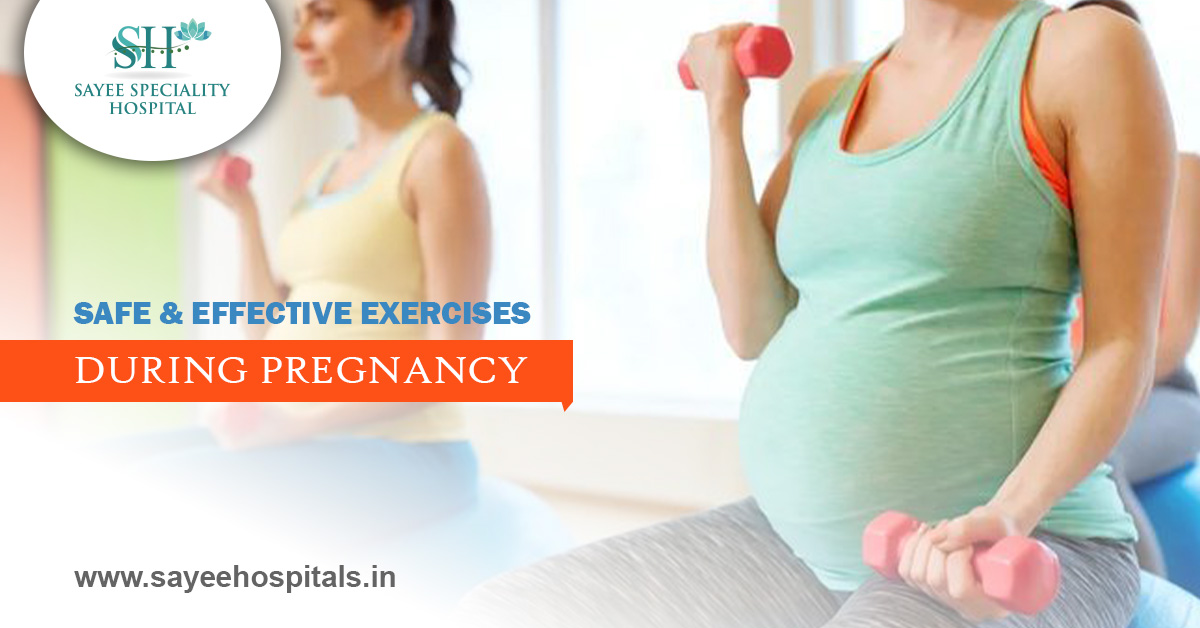
Safe And Effective Exercises During Pregnancy
Staying active throughout pregnancy offers a range of benefits for both mother and baby. Regular exercise helps improve sleep quality, boosts circulation, enhances posture, releases endorphins, promotes overall well-being, and supports a healthy weight. It can also lower the risk of gestational diabetes and high blood pressure while preparing the body for childbirth. Indulge in […]
read more
Essential Nutrients And Supplements For A Healthy Pregnancy
A well-balanced diet is the foundation of a healthy pregnancy, ensuring both the mother’s well-being and the baby’s proper growth and development. Proper maternal nutrition provides essential vitamins and minerals that support fetal development, prevent complications, and promote overall health. Deficiencies in critical nutrients can lead to birth defects, low birth weight, and other health […]
read more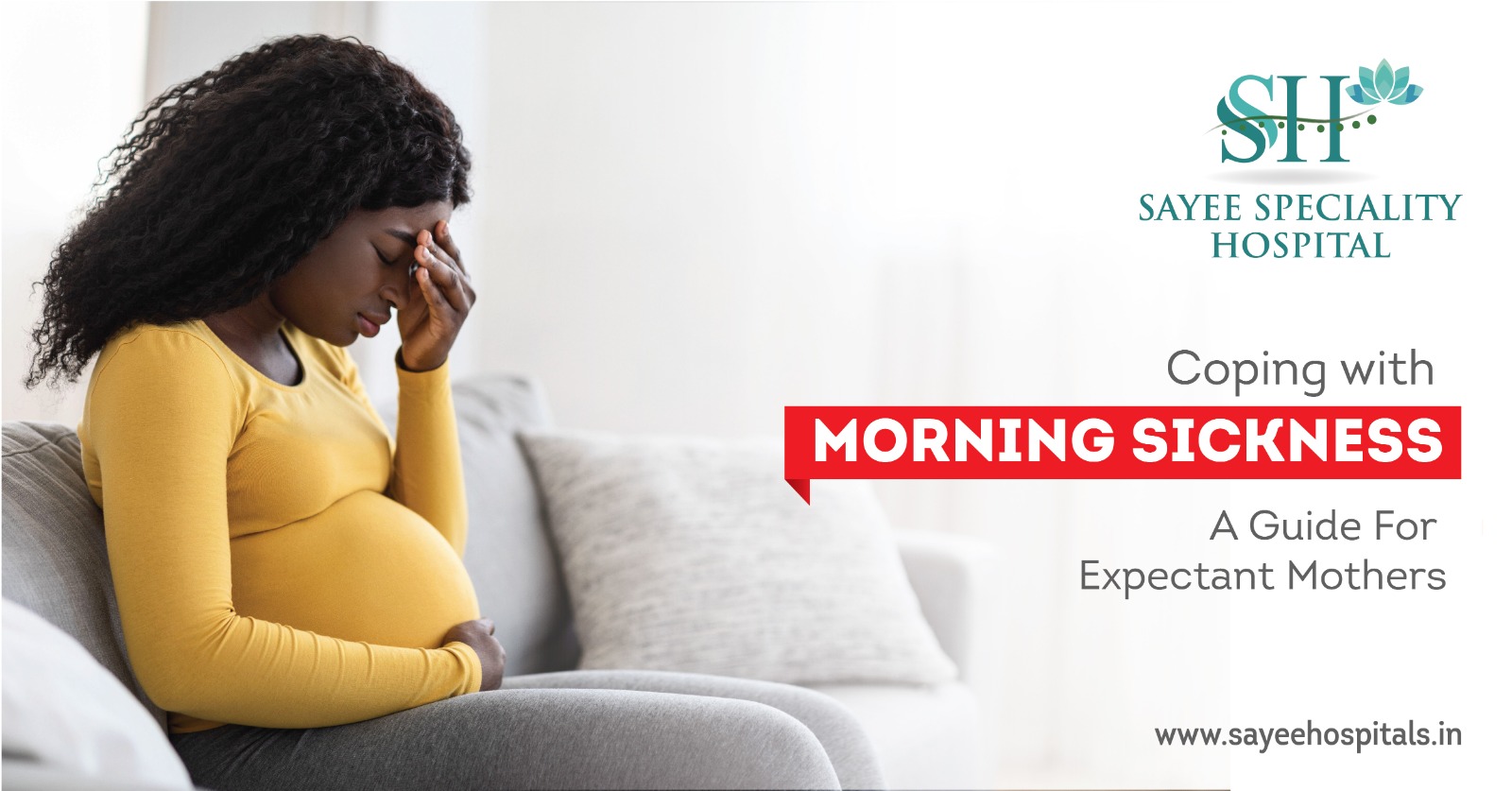
Coping With Morning Sickness: A Guide For Expectant Mothers
Morning sickness is one of the most common and challenging symptoms of early pregnancy. Despite its name, it can occur at any time of the day, not just in the morning. Affecting up to 80% of pregnant women, this condition usually starts around the sixth week of pregnancy and typically eases by 12 to 14 […]
read more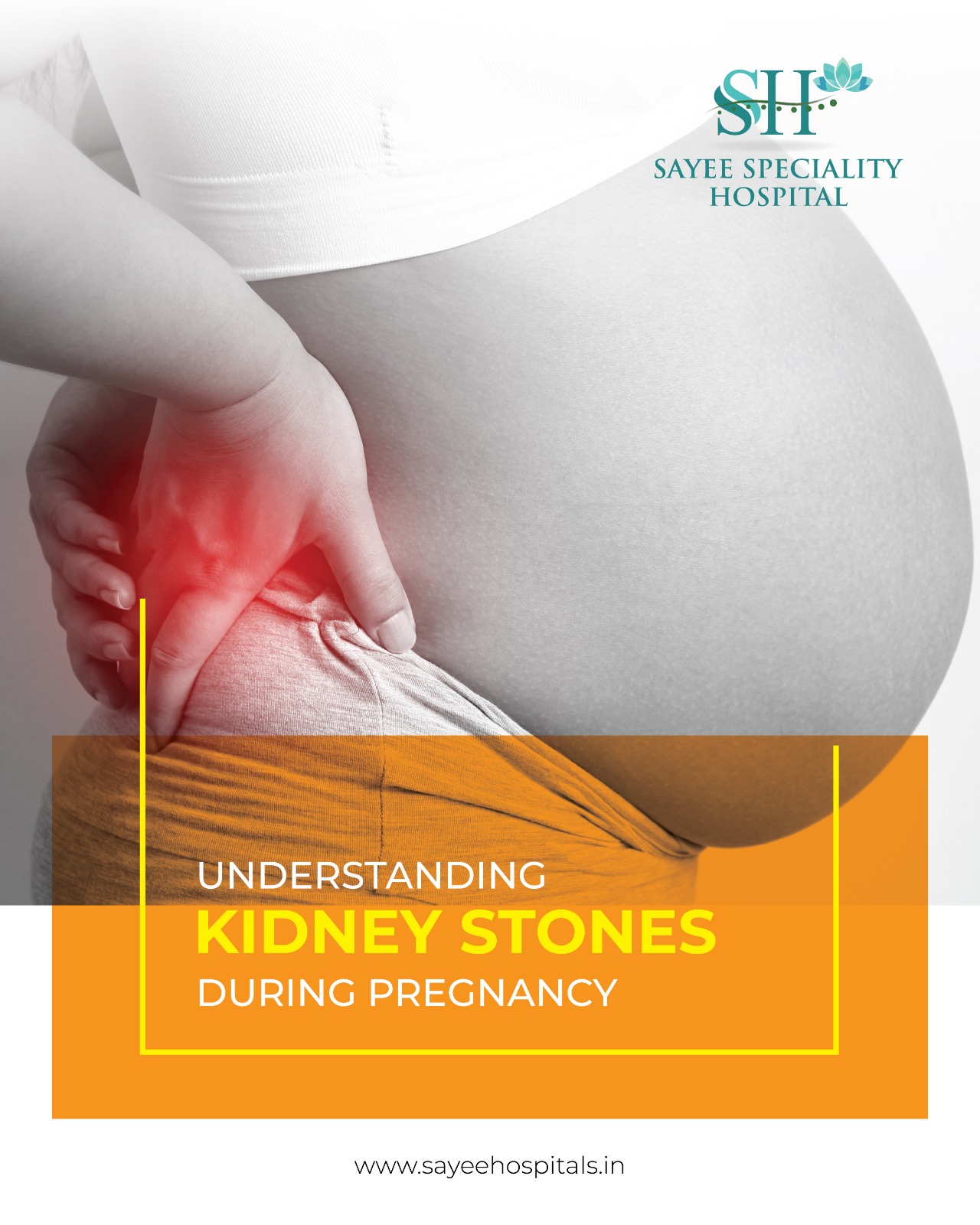
Understanding Kidney Stones During Pregnancy
Pregnancy can bring about many health changes, and one potential issue that may arise is the development of kidney stones. These solid masses form when calcium combines with other substances in urine, leading to blockages in the urinary tract. Understanding the symptoms, treatment options, and ways to manage kidney stones during pregnancy is essential for […]
read more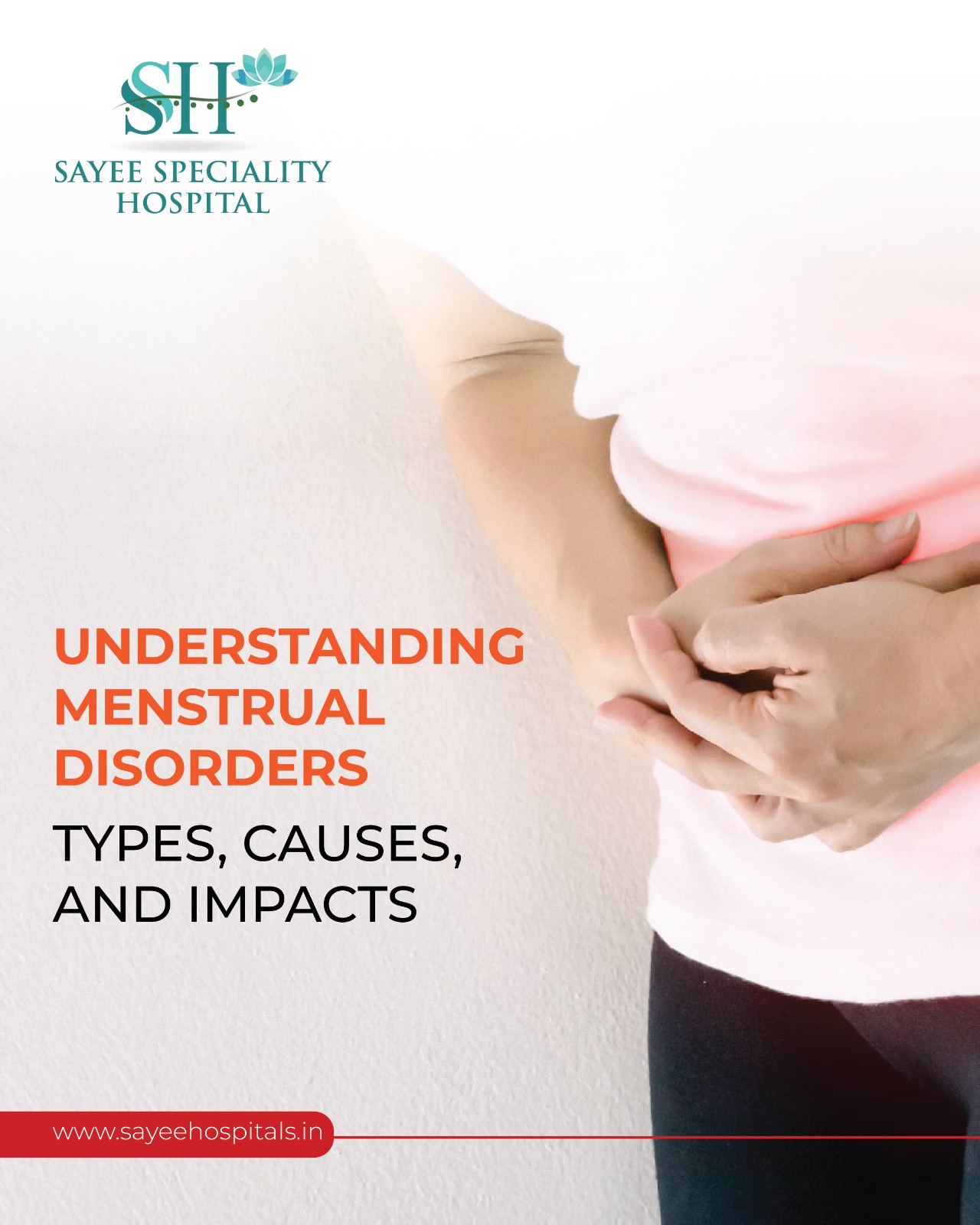
Understanding Menstrual Disorders: Types, Causes, And Impacts
Menstrual disorders are common conditions that can affect women’s physical and emotional health. They encompass a range of issues, from irregular cycles to excessive bleeding and severe pain. Understanding the types and causes of these disorders can help in managing the conditions effectively. Types of Menstrual Disorders Dysmenorrhea (Painful Cramps): Dysmenorrhea involves intense cramping in […]
read more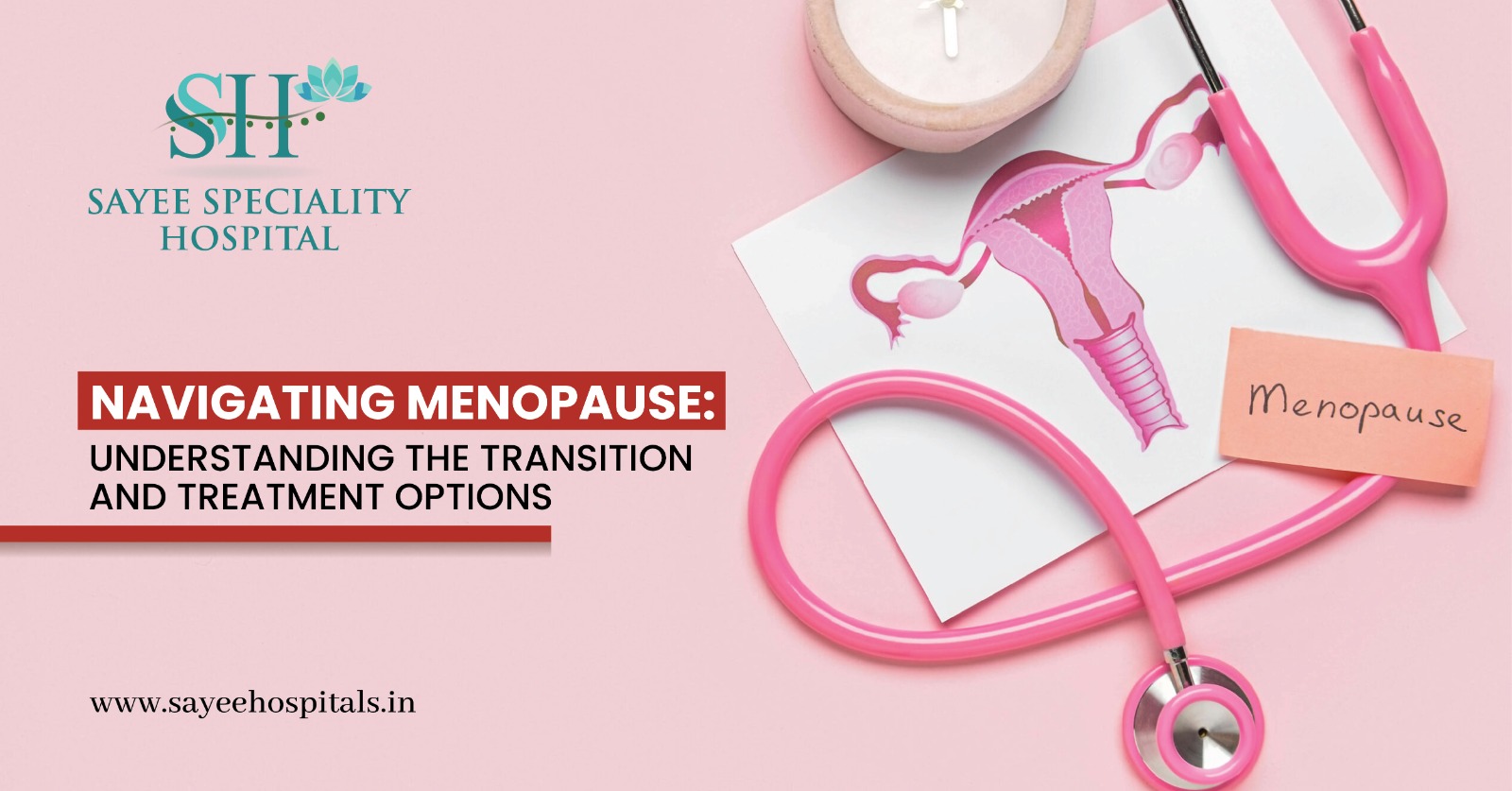
Navigating Menopause: Understanding The Transition And Treatment Options
Menopause marks the cessation of menstrual cycles, typically diagnosed after 12 consecutive months without a period. It commonly occurs in a woman’s late 40s or early 50s. This natural biological process, however, brings about various physical and emotional symptoms that can impact daily life. Symptoms and Causes: Menopause may manifest with irregular periods, vaginal dryness, […]
read more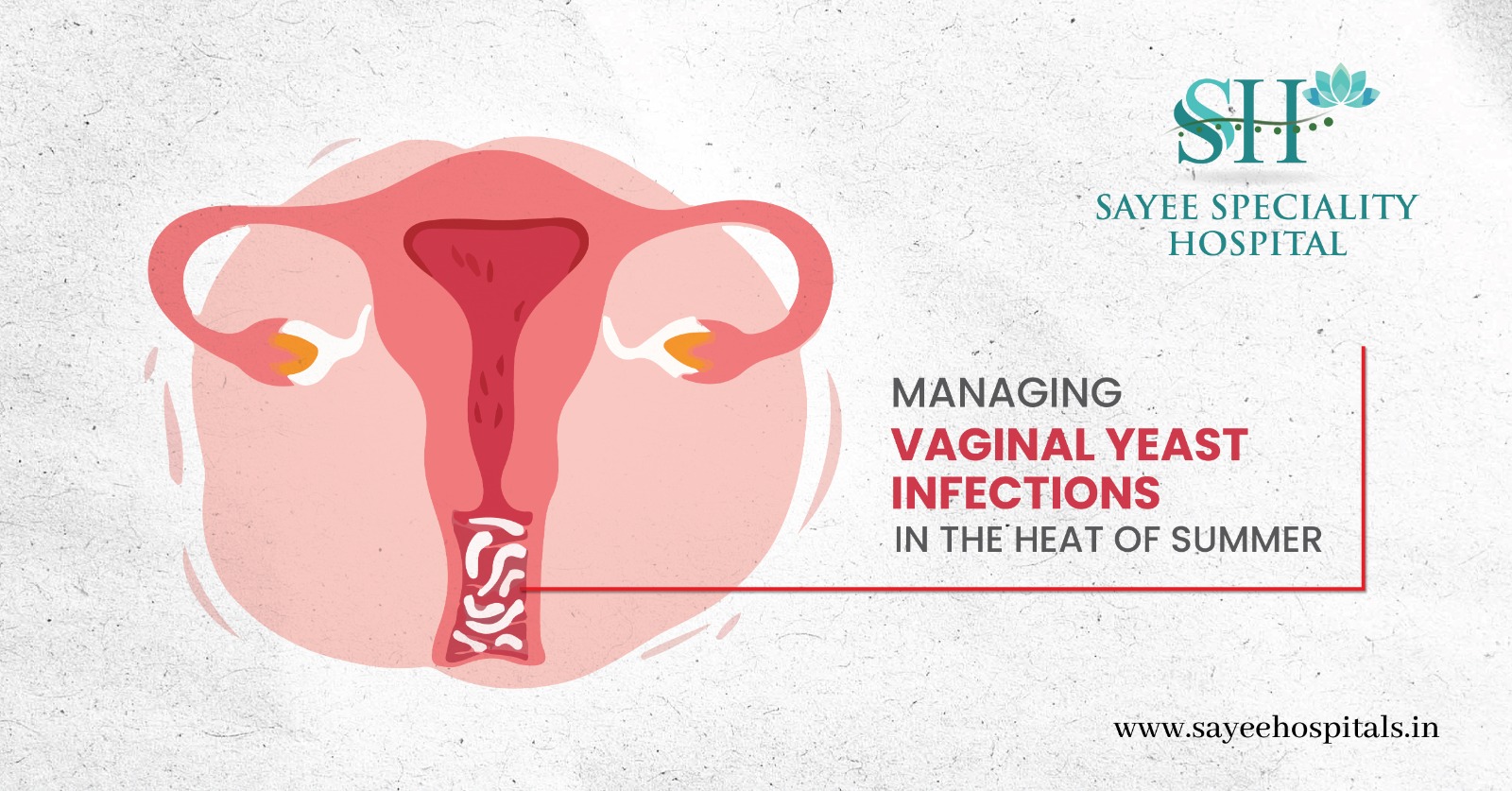
MANAGING VAGINAL YEAST INFECTIONS IN THE HEAT OF SUMMER
A vaginal yeast infection is a common condition affecting the vaginal area, caused by the overgrowth of a fungus called yeast. Although small amounts of yeast naturally inhabit the vagina, an imbalance leading to excessive growth can result in an infection. While yeast infections can occur anytime, certain factors, especially during warm weather, increase susceptibility. […]
read more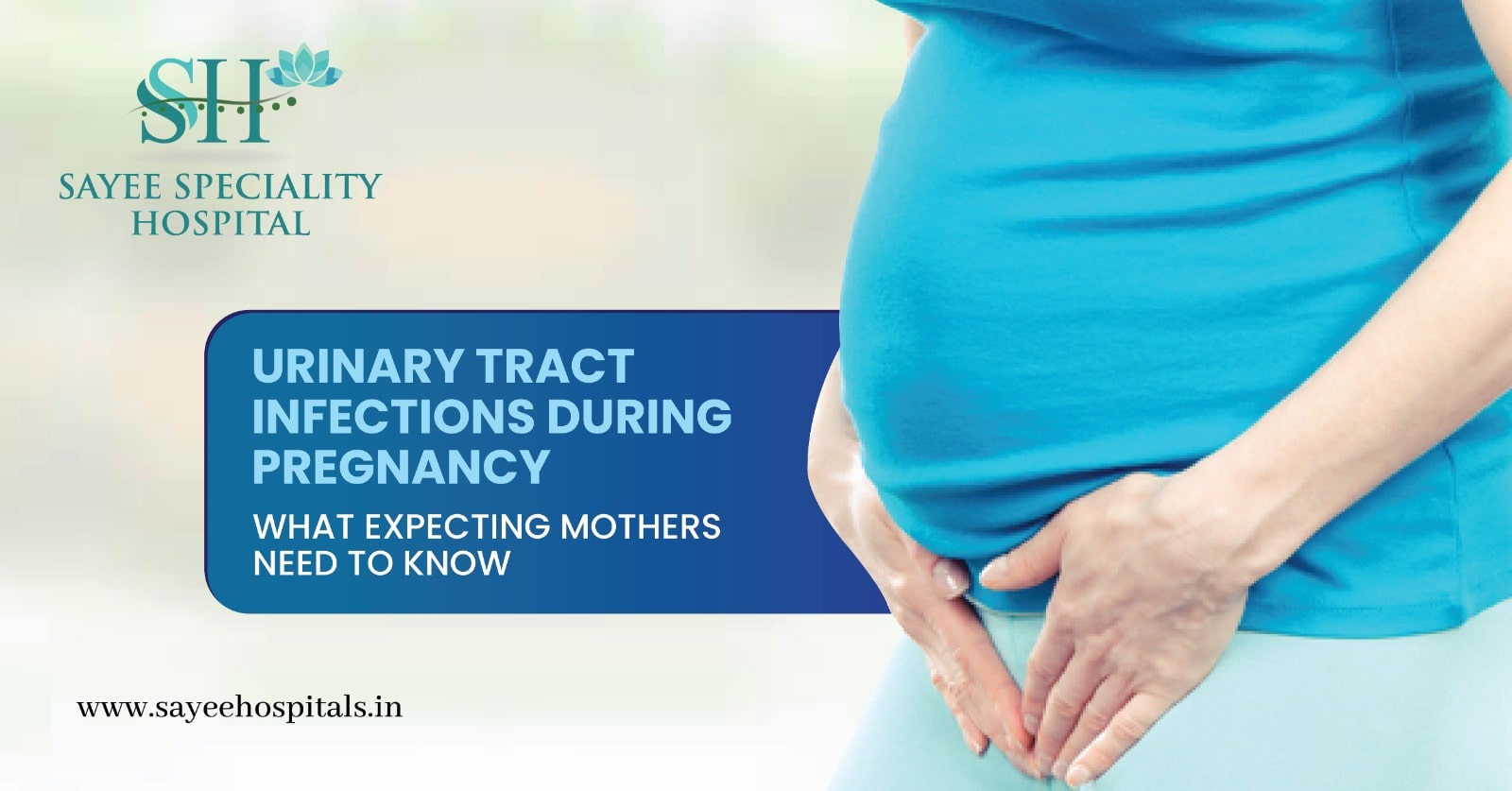
Urinary Tract Infections During Pregnancy: What Expecting Mothers Need To Know
Urinary tract infections (UTIs) pose a common health concern for women, with susceptibility increasing during pivotal life stages such as pregnancy. Understanding the causes, symptoms, and effective management strategies is crucial for maintaining overall well-being. UTIs typically occur when bacteria, most common being Escherichia coli (E. coli), infiltrate the urinary tract, sometimes involving different parts […]
read more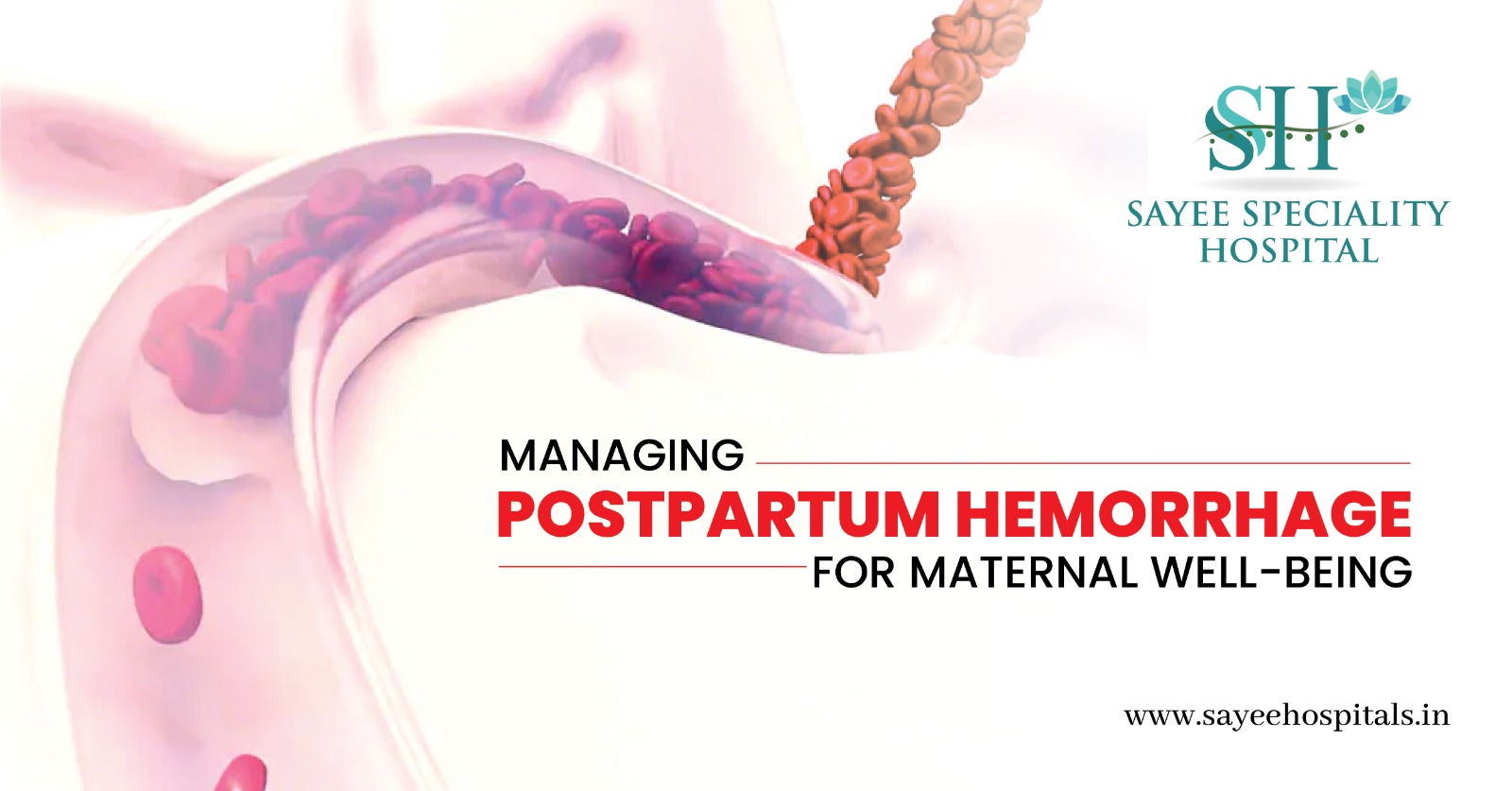
Managing Postpartum Hemorrhage For Maternal Well-Being
Postpartum hemorrhage (PPH), characterized by severe vaginal bleeding after childbirth, poses a serious threat, potentially leading to fatal consequences. Recognizing symptoms like dizziness, faintness, and blurred vision is crucial, as early detection and prompt intervention are key to a successful recovery. Whether occurring immediately after delivery or up to 12 weeks postpartum, PPH demands immediate […]
read more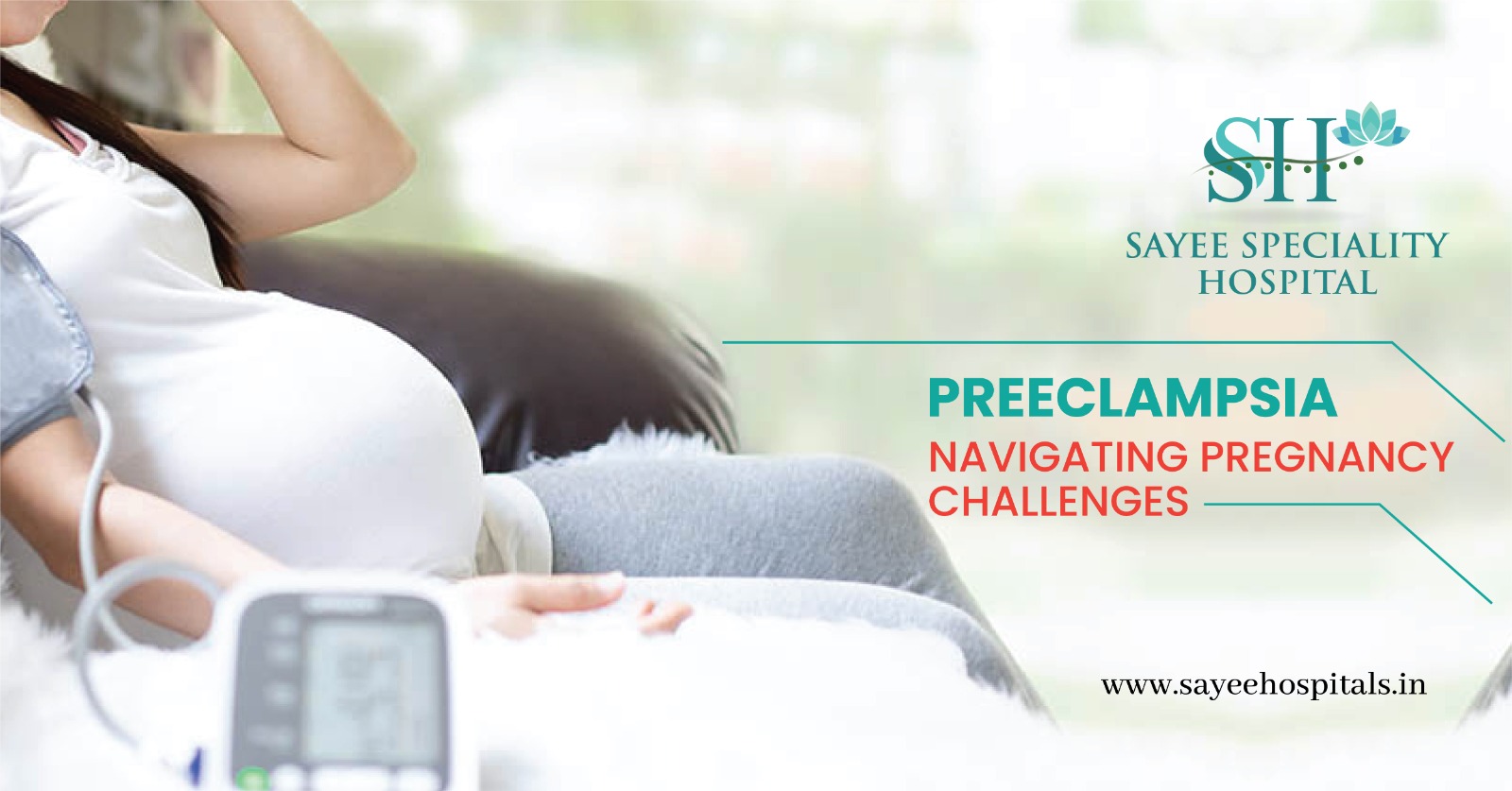
Preeclampsia: Navigating Pregnancy Challenges
Preeclampsia, a condition exclusive to pregnancy, unfolds after the 20th week and is marked by high blood pressure and protein in the urine. Risk Factors: First-time moms face History of gestational hypertension or preeclampsia increases risk of ecclampsis Family history plays a crucial Multiple pregnancies elevate Extreme maternal age amplifies the Pre-existing conditions like high […]
read more